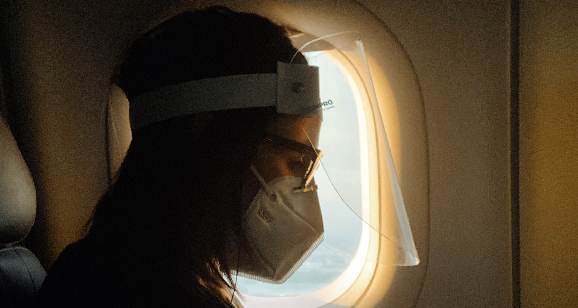Anxiety, frustration, impatience, concern – some of the emotions you’re probably used to trying to eradicate from a customer journey. Ideally, you want your experience to elicit delight, happiness, excitement and anticipation.
Something is happening at the moment that most organisations never plan for – unless you happen to be in a field such as health, insurance, legal, financial services – that’s fear. Customers who are afraid to come and shop with you.
As countries come out of lockdown, businesses that are usually associated with pleasure and enjoyment such as pubs, restaurants, hair and beauty salons, fashion retailers and car showrooms, face customers who might come to them in a state of heightened elation about revisiting, or in apprehension about what might happen as a result of showing up.
Popping for a pint?
In mid-June, according to YouGov, only 26% of the UK public felt comfortable returning to pubs and bars and 36% restaurants. At the time pubs reopened, newspapers reported that 60% of the population were scared to go to the pub, although arguably many did. By mid-July, 42% of people surveyed by YouGov said they are ‘fairly uncomfortable’ or ‘very uncomfortable’ going out for non-essential shopping. Regardless of whether their behaviour suggests otherwise, that’s a lot more fear & discomfort on the high street than anyone would reasonably expect in “normal” times.
The global pandemic is very difficult for areas of the economy traditionally reliant on physical footfall and it is also both difficult and confusing for customers who consider their weekend visit into town, or a weekly meal out together, to be a key part of their family activities.
Arguably, the customers who are the most concerned about COVID-19 will choose not to visit locations they consider to be optional. However, a brief scan through social media platforms and it doesn’t take long to find people trying to go about their daily lives in a state of deep concern and discomfort, especially in the older generation. Legislation around mask wearing, visors worn by workers, screens, cordons, and hastily created hazard-tape queueing mechanisms can quickly heighten the sense of unease and turn even a relaxed shopper into a person on edge. Public health must be the priority and having measures in place is crucial, which means the challenge businesses face is how to create a warm, welcoming experience.
How much do employees care?
Most businesses will undoubtedly have held briefings and team meetings to try and anticipate the stages ahead. To add to the challenge, its likely staff have a sense of trepidation about their own health and safety. They might, understandably, be more worried about themselves and their families than the customer – or they might not be concerned at all about the dangers and find it difficult to empathise with how fearful a customer is.
On top of that, people are returning to work after a strange period. Depending on the sector and how the lockdown period has been handled, staff might have mixed feelings about their commitment to their employer. Asking them to take extra care in their role just may go unheard.
What can you do?
Like it or not, both business and customer are treading new ground together. Both must establish different ways of engaging that consider all the new circumstances we find ourselves in.
If you think your customer is afraid of returning to your business, there are a few things you can do to understand and plan for it:
Map the journey – identify where the customer might feel fear to understand when it might affect their experience most. Who deals with the person when they feel the most fear? If you have customers arriving at a salon, who greets them? How are they trained? Are they the best person to instil confidence?
Work out how to mitigate fear – what can you do before this happens to lessen the customer’s concern? Are there new moments where you need to communicate with them?
Ask your customers – do some simple research. Find out what people are feeling and how they want to feel. How can you better support them? Find out if different types of customers need to be handled differently.
Innovate – try and find new ways of delivering some of the magical moments you had before. Car Dealers have begun using online appointments to alleviate concerns around showrooms and still provide a personal service. These new approaches could stick for a lifetime.
Learn from mistakes – you are unlikely to get it right straight away. You might need to experiment, and a new process could cause frustration. A member of staff will get something wrong. That’s OK. Be honest with customers. Give your teams latitude for mistakes. Work out what went wrong and improve.
Having teams and customers who are frightened on some level is no one’s idea of a good time, but it is likely to be a reality for some time. Outside of getting your business back on track, take time to think about how you deliver your services to ensure people want to keep coming back. If you can keep people safe and also provide some of the enjoyment they are used to experiencing it will go a long way to repairing some of the damage caused by the pandemic.
At Ethology, we’ve been helping businesses to uncover the simple, human and useful improvements they can make during the pandemic. If you want help or advice, feel free to get in touch.

